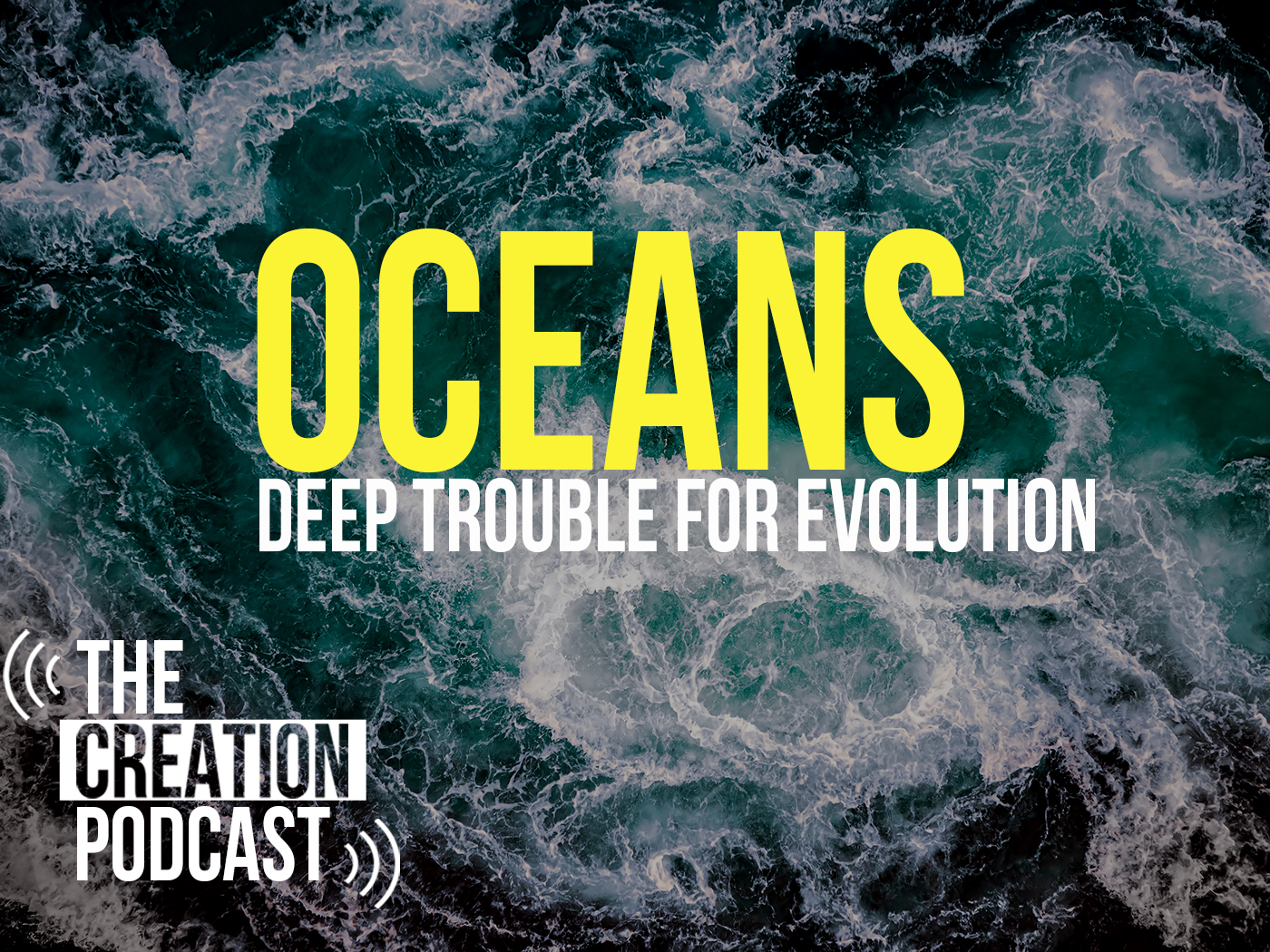In the late 1960s, a scientist named Ronald Lockley wrote, “How do animals find their way over apparently trackless country, through pathless forests, across empty deserts, over and under featureless seas?...They do so, of course, without any visible compass, sextant, chronometer, or chart...”1
Indeed, it has long been known that nearly all types of creatures, from bacteria2 to foxes,3 have some type of internal magnetic compass.
Professor Eric Warrant, a biologist at Lund University in Sweden, has been conducting navigation research on gray-brown bogong moths in Australia.4 In addition, other research regarding moth navigation has also been recently done on the death’s-head hawkmoth.5
Professor Warrant has found that gray-brown bogong moths fly over 620 miles (1,000 kilometers) from the plains in eastern Australia to the caves in the southeastern Australian Alps to escape the oppressive summer. They enter a dormant state until the fall, when they fly back to procreate, lay eggs, and die.
It was suspected that the little moths were possibly using Earth's magnetic field as a navigational aid, so the team set up an experiment, “[tethering] migrating bogong moths in an outdoor flight simulator. In doing so, the researchers confirmed that the moths did indeed use the Earth's magnetic field to navigate.”4
But there were—and are—more questions to further unlock this unique navigational mystery:
While it has been known that insects, birds, turtles and fish can navigate using the Earth's magnetic field, the specific mechanisms employed to activate this "sixth sense" have remained mysterious. So too has the connection with other potential sensory cues.4
As investigation continued, there were surprises for the team. Specifically, the moths evidently use the stars to aid in their flight plans.
Warrant said the ability to use sky cues to navigate in a specific compass direction was previously found only in humans and in some species of nocturnally migrating birds. The moths possess it while having a much smaller head.
The moths seem able to travel in their inherited migratory direction under a starry night sky even if we remove Earth's magnetic field, Warrant said. If you have this tiny insect with a brain a tenth the volume of a grain of rice and eyes smaller than a pinhead, that they can do this is surprising.4
Yes, incredibly surprising. Chance, time, and natural processes are not able to explain this amazing navigational ability packed in a tiny section of an insect brain.
There is evidence that, like these little moths, birds also use a complex protein in their eyes called cryptochromes to sense magnetic fields. Cryptochromes are flavin-containing blue-light photoreceptors, are unevolved, and have always been cryptochromes. They appear fully functional in plants and animals such as bogong moths. But evolutionists must appeal to cryptochromes evolving, and, therefore, appeal to convergent evolution,6 believing the cryptochrome proteins repeatedly evolved new functions in different creatures.7
The scientists think that a good candidate for a magnetic-sensing function in the bogong moth is cryptochrome 4a, also known as Cry4a. This amazing protein is evidence that moths (and migrating birds) may sense or actually see magnetic fields, "This cryptochrome seems to have the right properties to be the basis of the birds' magnetic compass,” said chemist Peter Hore, a professor at the University of Oxford, UK.4
God has certainly gifted the animal kingdom with the remarkable ability of long-distance navigation at several levels that life scientists are beginning to appreciate. Creation scientists see these abilities as the result of a purpose, plan, and special creation. They give glory to our mighty Creator God, not the creation.8
References
- Lockley, R. 1967. Animal Navigation. Pan Books. 9.
- Thomas, B. Bacterial Compasses Point to Creation. Creation Science Update. Posted on ICR.org August 13, 2009, accessed October 6, 2023.
- Thomas, B. Do Foxes Have Magnetic Senses? Creation Science Update. Posted on ICR.org January 24, 2014, accessed October 6, 2023.
- Willmer, G. Stars and inner compass guide moths and birds, say researchers. Phys.org. Posted on phys.org October 3, 2023, accessed October 6, 2023.
- Leffer, L. Researchers Stalked Death’s-Head Hawkmoths in a Plane to Learn Their Navigation Secrets. Gizmodo. Posted on gizmodo.com August 11, 2022, accessed October 6, 2023.
- Guliuzza, R. Major Evolutionary Blunders: Convergent Evolution Is a Seductive Intellectual Swindle. Acts & Facts. 46 (3).
- Cashmore, A. et al. Cryptochromes: blue light receptors for plants and animals. Science. 284 (5415), 760-765.
- Romans 1:25
* Dr. Sherwin is science news writer at the Institute for Creation Research. He earned an M.A. in zoology from the University of Northern Colorado and received an Honorary Doctorate of Science from Pensacola Christian College.




















